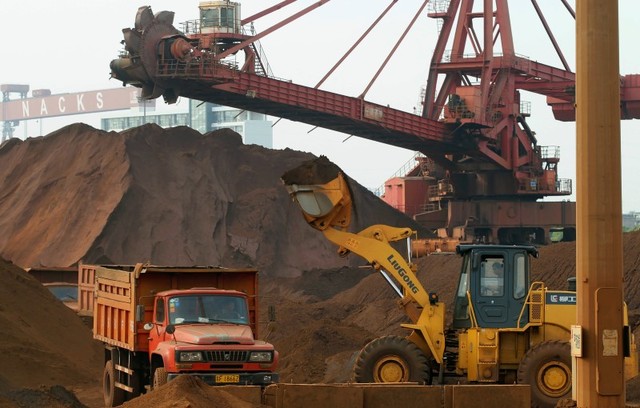The UK-Australian resource company BHP estimates that new IMO-International Maritime Organization regulations to reduce the sulfur content of marine fuels to 0.5 percent will add $ 2-3 /t to shipments of iron ore from Western Australia to China and US $ 4-5 /tonne for similar shipments from Brazil to China.
According to expert estimates, BHP shipped 265-270 million tonnes of iron ore from its West Australian mines in the Pilbara region in July 2018 - June 2019, which means additional costs for new fuel specifications will be 530– US $ 810 million based on export volumes during this period.
The new IMO standards, known as IMO 2020, aimed at stabilizing the freight transport industry, which is a significant source of greenhouse gas (GHG) emissions, will take effect early next year.
“Operators throughout the supply chain are preparing for the added cost of the new standards,” Raspal Bhatti, BHP's Vice President of Trucking, wrote on BHP's online Perspectives blog.
These additional costs could provide a competitive advantage for BHP and its fellow iron ore exporters Fortescue Metals and Rio Tinto, which together account for nearly 95 percent of Australian shipments. Australia shipped 835 million tonnes of iron ore in calendar year 2018 and about 680 million tonnes, or 81 percent of the total, went to China.
BHP is exploring other ways to move towards reducing pollutant emissions for freight transport, writes Bhatti.




